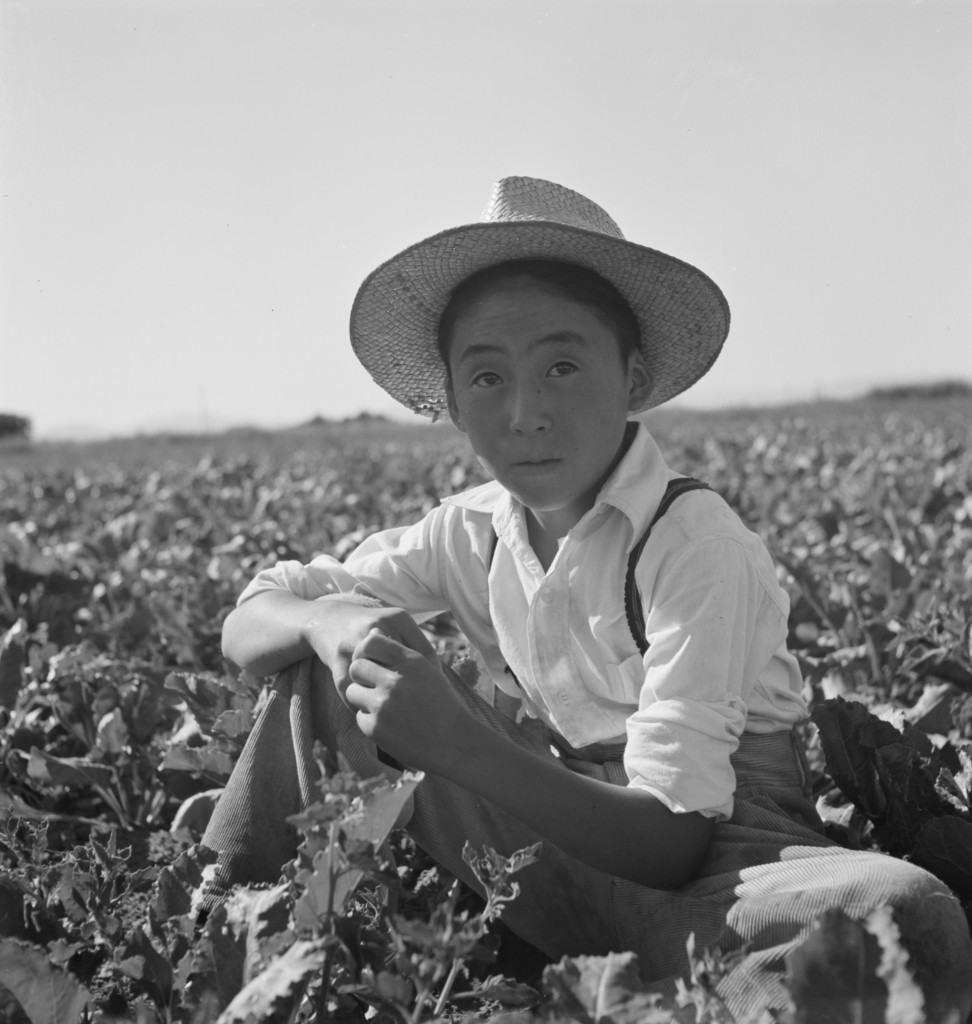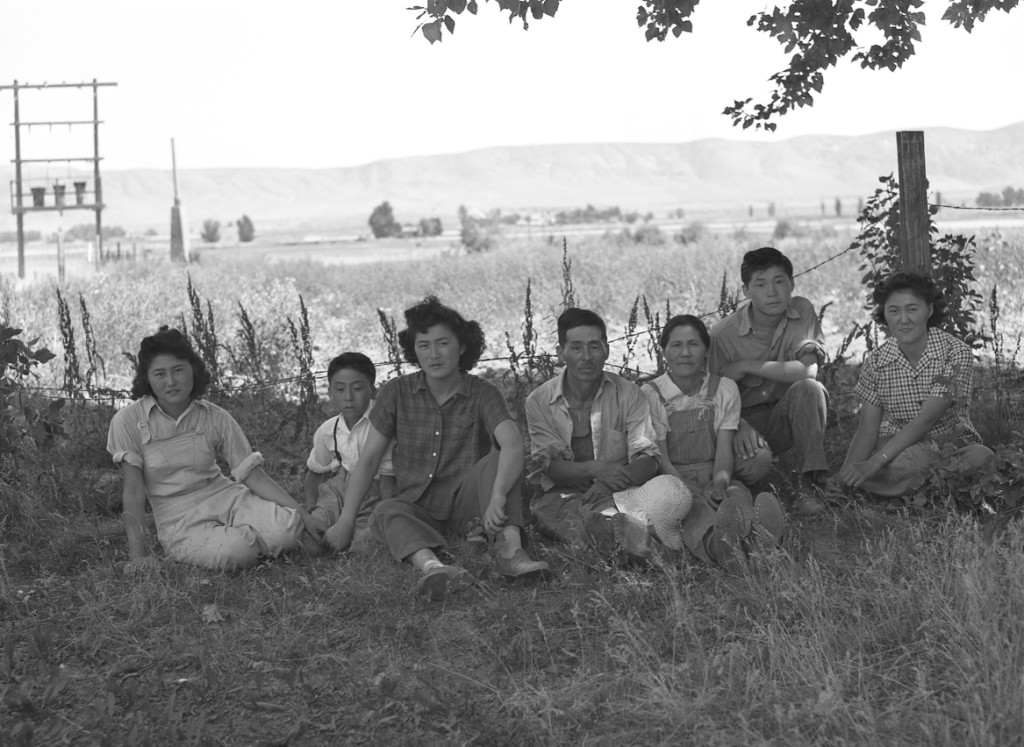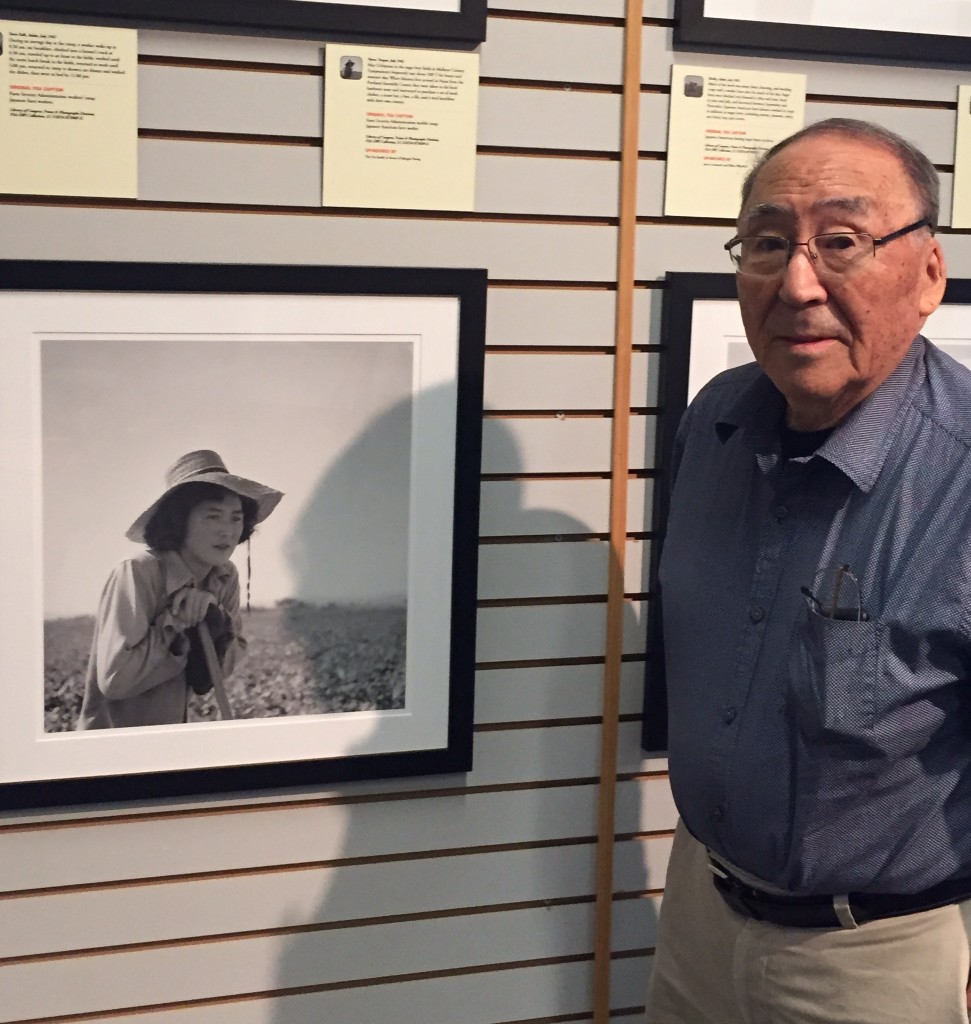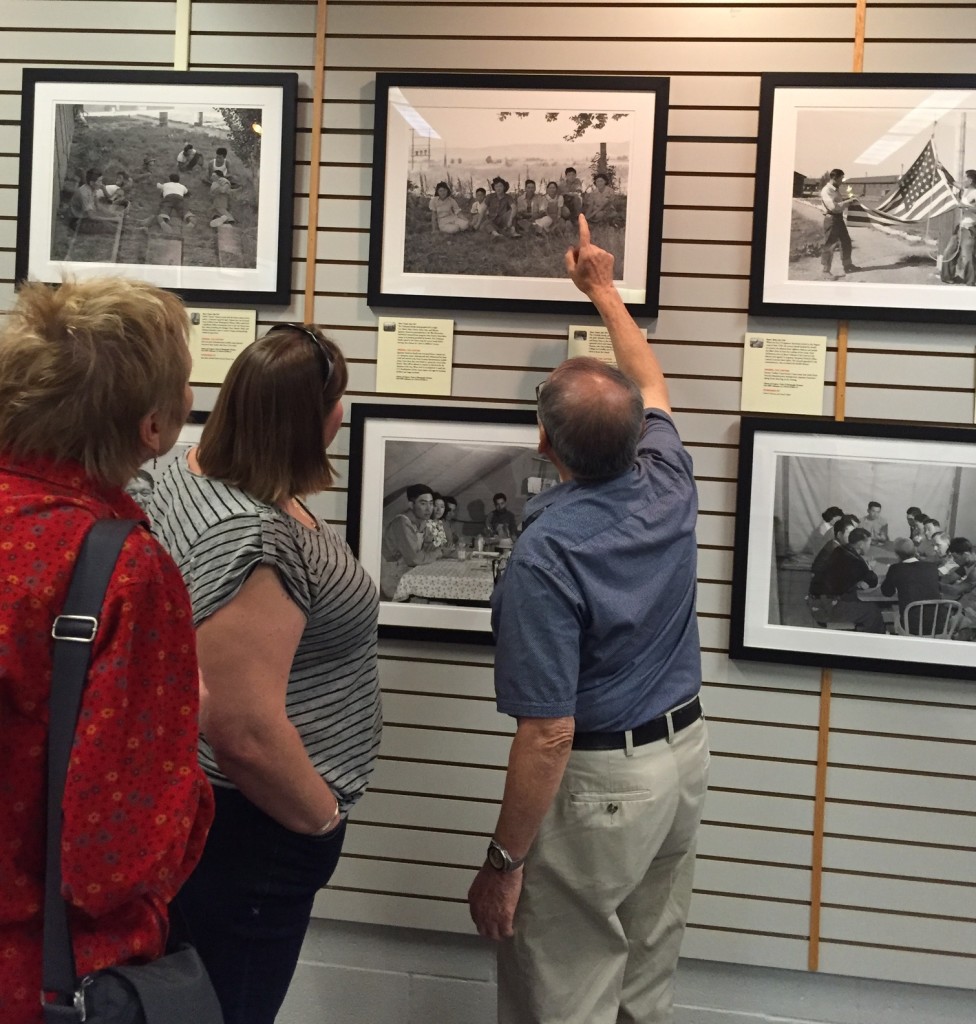We are starting a new series on our blog, in which we ask individuals who have seen Uprooted to share their thoughts about the exhibit. The first post is from Susan Uchiyama Nagai. Her father, Mathias Uchiyama, and his family went from the Portland Assembly Center to the Nyssa, Oregon farm labor camp in the spring of 1942. When Russell Lee visited the area in July of that year, he took more than a dozen photographs of the Uchiyama family. Stay tuned for an excerpt from Mathias’ video oral history, which we recorded last fall.

Upon finding out that some of my family’s history was to be revealed in this exhibit, I was very intrigued. We had previously only gathered very small snippets about this experience from my father who was a small child at the time. The Uchiyama family’s experience differed from other Japanese-Americans who were in internment camps and it was always hard to explain to others why it was so and what had actually happened. This exhibit provided so much clarity.

We were blessed beyond measure to find pictures of my father as a young child as well as aunts and uncles and our grandparents in the Library of Congress photos, some of which are included in this exhibit. We had no idea that they existed. In that theme, I think that many people have no idea that the internment and the labor camp experience ever happened and so I am grateful for the education that the Uprooted Exhibit provides.
The exhibit is sobering and yet the beauty of the black and white photography by Russell Lee shows the determined spirit and dignity of these Japanese-Americans even in the midst of hardship and loss of basic human rights. The video that played in the background gave an informative perspective of these individuals who are now adults.

Upon arriving at the exhibit, my father happened to start talking to some individuals who had come to visit. It was a gift for both parties–for my father who was grateful that these people wanted to understand the struggle and for the other individuals who were able to see history come alive that day.

Thank you to the organizers of the Uprooted Exhibit for faithfully telling this story in such a beautiful and artistic way.
- Susan Uchiyama Nagai
